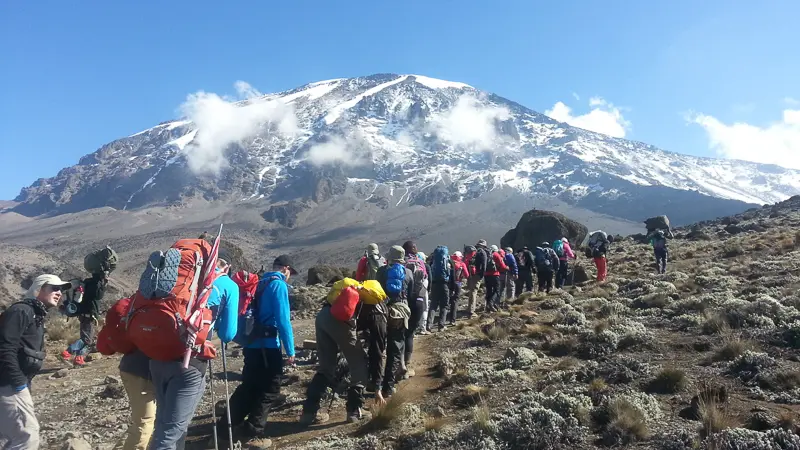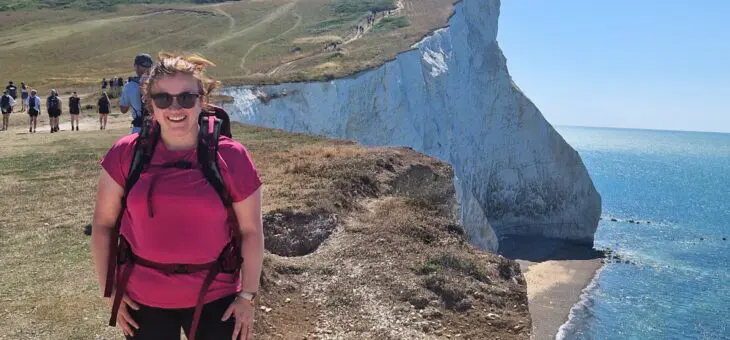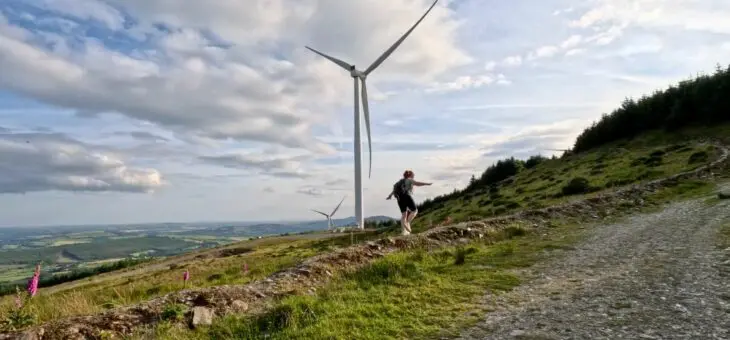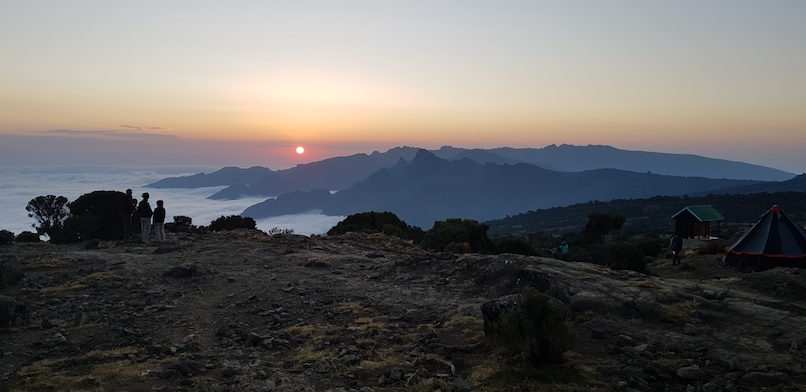
Trekking up Kilimanjaro is a dream for many people. But climbing the tallest mountain in Africa isn’t a walk in the park. As you work your way up the mountain, and the oxygen gets thinner, altitude sickness can strike. And it doesn’t matter who you are – it can affect anyone, no matter how fit they are. That doesn’t mean there’s nothing you can do about it, though – with our tips and tricks, you’ll know exactly how to tackle altitude sickness on Kilimanjaro.
Coping with altitude sickness on Kilimanjaro
Take your time
This isn’t a race – when you’re climbing Kilimanjaro, you’ll get used to the words “pole, pole” (which means “slowly, slowly”). That’s the best way to conquer the mountain, but it’s also the best way to avoid altitude sickness on Kilimanjaro, too. Maintaining a slow pace keeps the heart rate and breathing nice and even, giving the body the best chance to adapt gradually. Take your time, walk slowly and channel the energy of the tortoise, not the hare.
Climb high, sleep low
On an expedition with Earth’s Edge, we carefully calculate the route and sleeping locations, giving you the best opportunity to acclimatise. The general rule? Once you’re more than 3000m high, you should increase your sleeping altitude by no more than 300m each day. Climbing higher each day than the altitude we sleep at each night is beneficial as it introduces the body to the more demanding environment higher up the mountain, but then drops you back to a more oxygen rich environment to rest at overnight. The altitude the following day is then no longer a ‘shock’ to the system. We plan our days to allow us to move at a slow, manageable pace, and we do that for a reason.
Stay hydrated
It’s a good tip for any time, but it’s so important when trekking at altitude to keep hydrated – we recommend 3 to 5 litres a day. This really helps with acclimatisation, particularly as you pee more when you’re at altitude as your body adjusts. It’s a good idea to say no to that in-flight glass of wine, too! Good hydration should start before you set foot on the mountain.
Keep eating
Here comes the good part! As with any multi-day trek, you need to keep your energy up. But that also becomes super useful when preventing altitude sickness on Kilimanjaro. Mealtimes are a treat, but sometimes you can lose your appetite at altitude. Don’t let this stop you eating, though! Bring along some of your favourite snacks to make sure you get your calories in. And when we get to camp each evening, relax, have a cup of tea and unwind. Settling in helps you acclimatise, too.
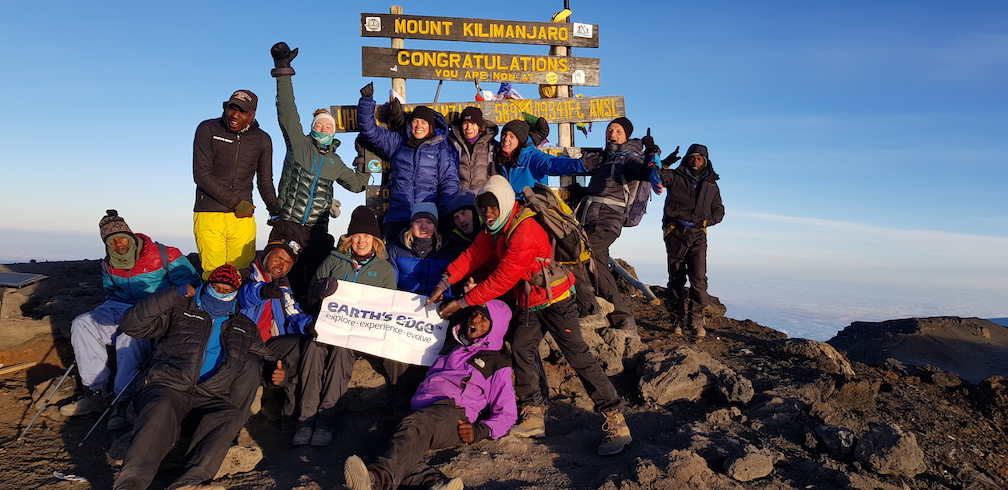
Know the symptoms
Even if you do everything right, altitude sickness can still strike. But that’s why we have a doctor on every one of our expeditions. They know exactly how to handle it, but it’s important to let them know how you’re feeling early on. If you have a headache, a dry cough, feel a little nauseous or have trouble sleeping, let them know as soon as the symptoms strike. The earlier you treat it, the better! Don’t worry about holding up the trek, or putting anyone out – our itineraries are planned to accommodate flexible days for this very reason. People worry that ‘confessing’ to symptoms means they’ll be marched back down the mountain, but that’s not the case! Nipping the symptoms in the bud early (sometimes all you need is a litre or water or an ibuprofen) will prevent an escalation which requires a more serious response.
You can read more about our advice for coping with altitude sickness here, and check out our Kilimanjaro trips here.
